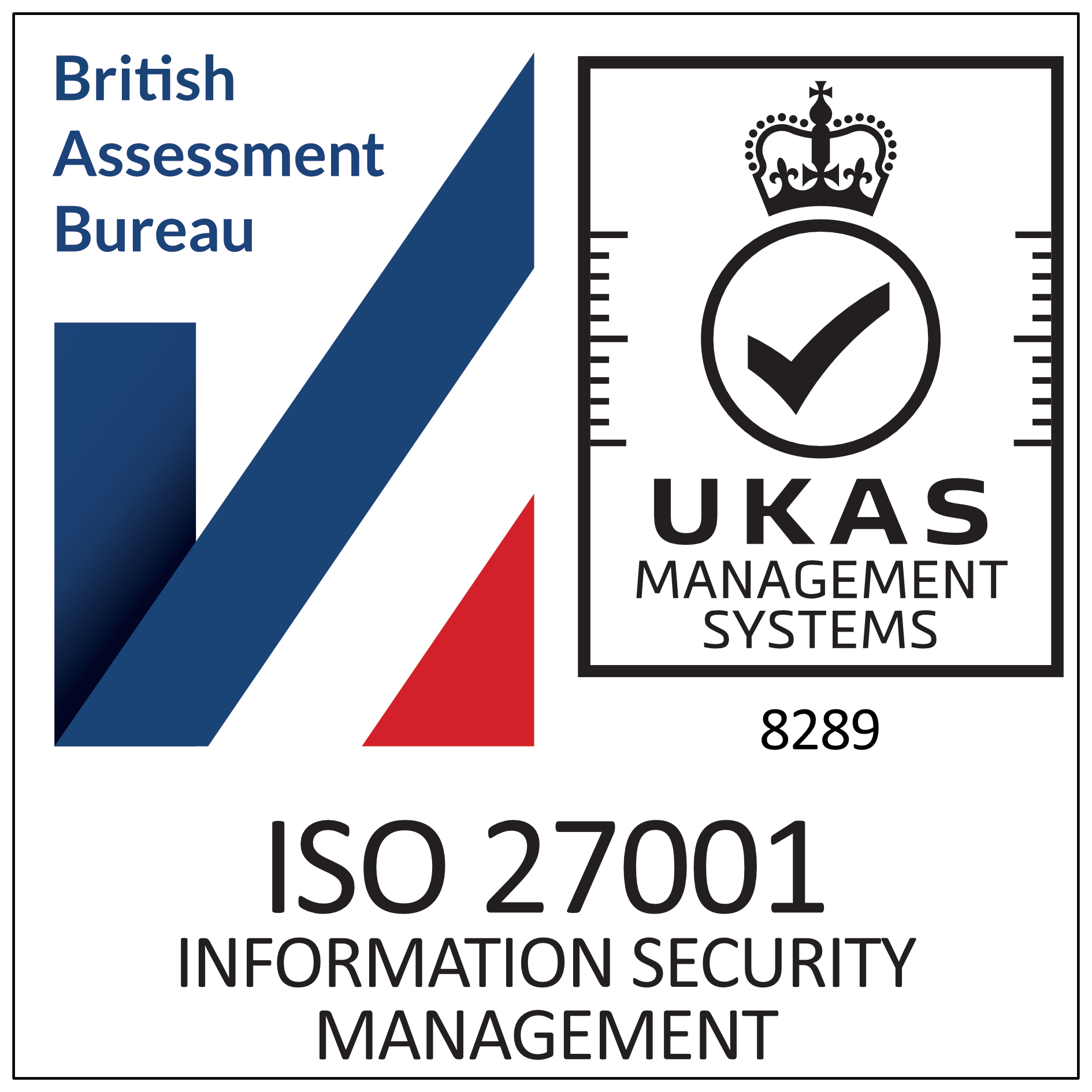It’s not your fault! The Levels of Attainment (LoA) have led you up a difficult path… but we have a map!
It’s not your fault! The Levels of Attainment (LoA) have led you up a difficult path… but we have a map!

The first ‘Level’ of the LoA’s is relatively simple: Your trust is tasked with implementing a job planning system and ensuring that staff are trained to use it. Simple… And, 88% of NHS Trusts have dutifully followed this first instruction.
But here’s the problem: according to the NHS England Clinical Workforce Productivity 2023 Workforce Deployment Systems Survey, not only has there been no progress up these Levels after 20 years of job planning being in place, but we are actually regressing – the national level having dropped from Level 0.7 to 0.6 over the last 12 months.
The current approach is flawed. Advising trusts to procure a Job Planning system as the ‘Level 1’ is, to use an analogy, like helicoptering trusts to a perilous point on a mountain, and once there telling them to “Climb”, with scant equipment, limited expertise, and a storm brewing. The summit (Level 4) has to seem like an impossible dream. Trusts are simply stranded, and the only options are to hunker down or, as the data suggests, track back.
Getting a Job Planning system, no matter how easy it is to either implement or use, should be just one component of a much broader project.
The LoA’s do have the right goal which is for the trust to be able to match its capacity to its demand and conduct detailed team job plans based on that data. However, starting with the capacity aspect of this isn’t the way forward. You need to begin by understanding the demands that exist first.
Think of it this way: If you were told to paint a wall that you’ve never seen before, would you start by heading right to B&Q to buy some paint? Or would you first determine the size of the wall, the type of material it’s made of (brick, concrete, plaster), and the colours needed to match the surroundings? Similarly, in job planning, it’s only after understanding exactly what the demands on the service are that you can accurately measure the capacity needed to fulfil them.
This, of course, does not mean you will have all the capacity internally to fulfil the demand when relating this to your workforce, but you’ll have the real data to show where these gaps exist so you can plan, recruit and adapt accordingly.
Your journey up the ‘workforce mountain’, guided by the LoA’s, has been challenging, but it’s not your fault. The goal was set, but the guidance and the path have not been clear or achievable without support.
If your trust does seem stranded or uncertain about the next steps, there are ways to navigate the rest of the journey more effectively, regardless of which job planning system you have implemented. It’s about understanding the demands, having the right tools, and seeking expertise when needed.
Every trust’s journey is unique, and while the challenges may seem daunting, the right guidance can make all the difference. If you’re seeking a clearer path forward, or simply wish to understand the landscape better, we’re not just here to offer a solution, but to share our insights, experiences, and a vision for a better NHS for all.
For more information about how SARD can help, be sure to follow us on LinkedIn or drop us an email.
Recent Articles

Registered address
SARD JV Limited
Unit 76, Innovation Centre
University Road, Canterbury
CT2 7FG
A joint venture with Oxleas NHS Foundation Trust.
Registered in England and Wales with company number 07916735. VAT No. 131901840
Designed and built By Tweak Marketing
Privacy Policy





